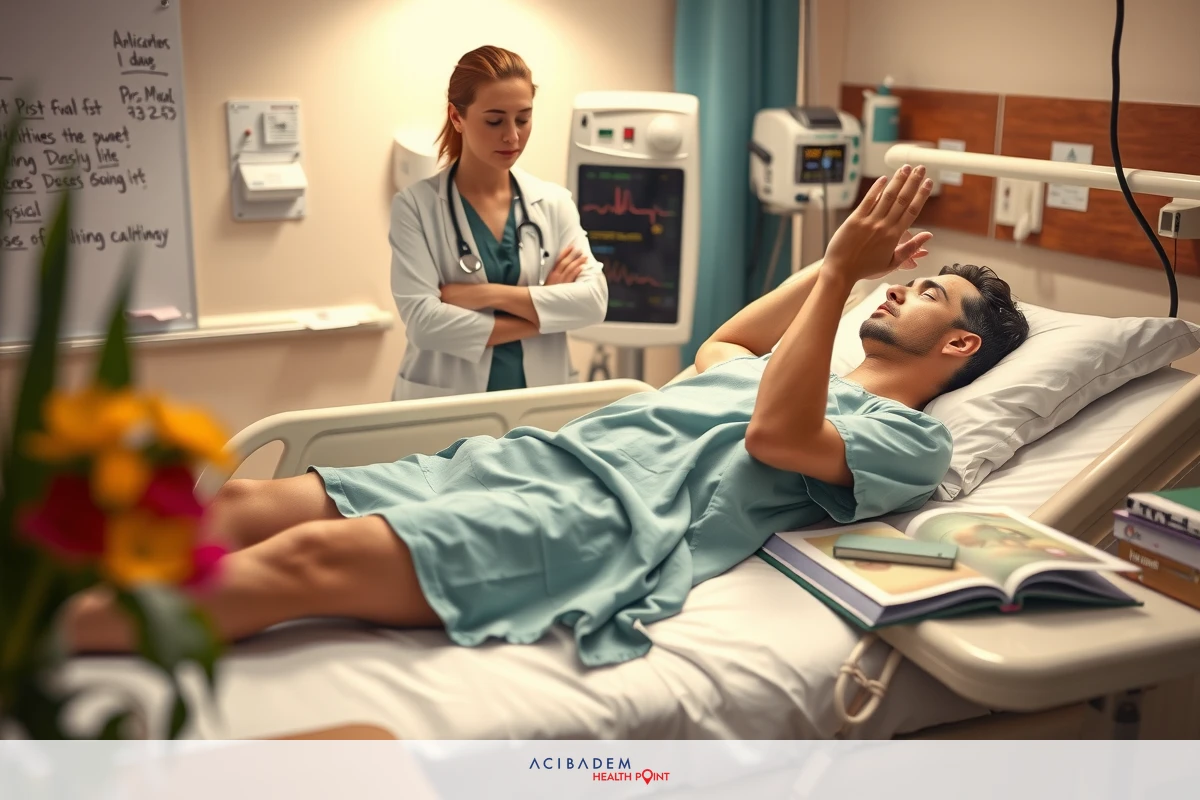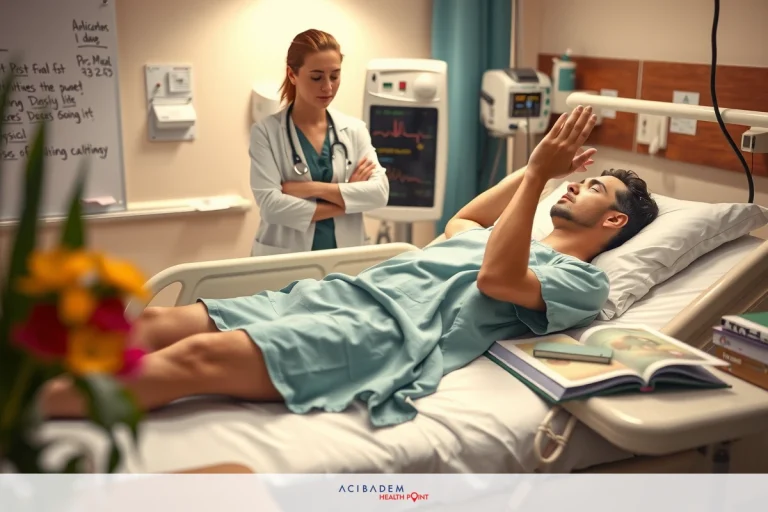How to Heal Faster from Knee Arthroscopy
How to Heal Faster from Knee Arthroscopy Recovering from knee arthroscopy can be a smooth road if you follow the right steps. After your surgery it’s vital to know what you can do to help your knee heal well. The goal is to get back on your feet and return to your day-to-day life as soon as possible. This guide will offer practical tips that are easy to apply. We want you feeling good and ready for action swiftly.
Your body needs time and care after an operation like knee arthroscopy. It’s important not just for athletes but anyone looking forward to being active again. These pointers are meant for everyone who has undergone this kind of surgery. They’ll help make sure you’re doing all you can during recovery. By sticking with these suggestions healing could be faster than expected.
Every person’s journey through rehabilitation is different yet some strategies work well across the board. In this text we share those proven methods that aid in quicker healing post-surgery. From taking care of yourself right after the operation to moving into physical therapy and beyond — there’s a lot one can do! So let’s dive in and give our bodies the best chance at a quick recovery.
How to Heal Faster from Knee Arthroscopy Preparing for Surgery
Before knee arthroscopy getting your body ready is key. You’ll want to boost your health so you can heal faster after the operation. Eating well and staying hydrated are simple steps that make a big difference. Your doctors will give you more tips on how to prep before surgery day comes around. Good preparation can set the stage for swift healing.
One useful tip is gentle exercise as advised by your doctor or physiotherapist. This can keep muscles strong and improve blood flow in your legs. Also plan ahead for when you come home from the hospital. Arrange a comfy spot where you can rest with all you need within easy reach. Doing this now means less stress later.
It’s also smart to think about who might help out while you’re recovering from knee arthroscopy. Ask family or friends if they could assist with tasks like cooking or shopping in those first days back at home. Having support helps a lot and lets you focus on healing better and faster.
Lastly understand what’s involved in rehabilitation post-surgery to be mentally prepared too — knowing what recovery may look like eases worry and boosts confidence during this time! Your medical team should offer plenty of info here; don’t hesitate to ask them questions if something isn’t clear about the process ahead!
How to Heal Faster from Knee Arthroscopy Post-Surgery Care
After knee arthroscopy the care you take can greatly affect how fast you heal. Keep your knee raised to cut down on swelling and pain. It’s important to follow your doctor’s orders for ice and rest in those first few days. Take it easy and don’t rush things – let your body set the pace.
Your doctor will likely suggest exercises to aid recovery after surgery. These moves help keep blood flowing and muscles moving but should be done with care. Always listen to what your body tells you; if something hurts stop right away. Recovery is a time when being gentle with yourself really counts.
Pain management is also a key part of post-surgery care for knee arthroscopy. Your medical team will give advice on meds or other ways to ease discomfort during healing. Follow their guidance closely — taking too much or too little can slow down your progress toward getting better.
Finally, watch out for signs that say something might not be right, like redness or heat around the knee or a fever that comes up suddenly. If anything seems off get in touch with your healthcare provider straight away!
Quick action helps deal with small problems before they turn into big ones as you aim for speedy healing.

Physical Therapy and Rehabilitation
Physical therapy is a crucial step in getting better after knee arthroscopy. Your therapist will design exercises just for you fitting your own healing path. These movements aim to make your knee strong and flexible once more. You’ll learn how to do them right so that back at home you can keep up the good work on your own.
Rehabilitation takes time but it’s worth every minute for a full recovery. Think of each session as one step closer to doing all the things you love again without pain or trouble walking. It’s not always easy, yet with each stretch and bend, your knee gets better little by little. Keep a positive outlook; progress happens bit by bit.
Remember that rest is still part of rehab – don’t overdo it! Balance hard work with times of rest so that your body can heal well between workout sessions. If something doesn’t feel okay during these exercises let someone know straight away — they’re there to help guide you through safely and effectively toward being well again!
Managing Pain and Discomfort
Pain after knee arthroscopy is common but managing it well can speed up your recovery. Your doctor may prescribe medicine to help with the pain; taking it as directed is key. Some find relief with ice packs or heat — both can ease discomfort in the area around your knee. It’s also smart to elevate your leg when you can as this reduces swelling and pain.
Staying ahead of the pain is often better than waiting for it to become hard to handle. Keep track of when you take meds so you don’t miss a dose by mistake. If pills make you feel bad or don’t work well enough tell your doctor right away. They might change how much you take or suggest other ways to keep pain down.
Movement within limits set by your healthcare team aids in reducing stiffness that may lead to more discomfort post-surgery. Gentle range-of-motion exercises get blood flowing and may help cut down on painful feelings throughout the day.
Frequently Asked Questions
How long after knee arthroscopy until I can walk?
Most patients can walk with crutches or a walker right after surgery. Your doctor will tell you when it's safe to put weight on your leg without help.
When is it okay to drive following my procedure?
This depends on which knee was operated on and your pain levels. Usually you can drive once you stop taking strong pain meds and feel comfortable behind the wheel.
Can I shower or take a bath right after surgery?
You should keep the surgical area dry until your doctor says otherwise. They might allow showers with a protective covering at first but hold off on baths for a while.
Remember these answers are for informational purposes only and do not constitute medical advice. Always follow the guidance of your healthcare provider for instructions specific to your situation.










